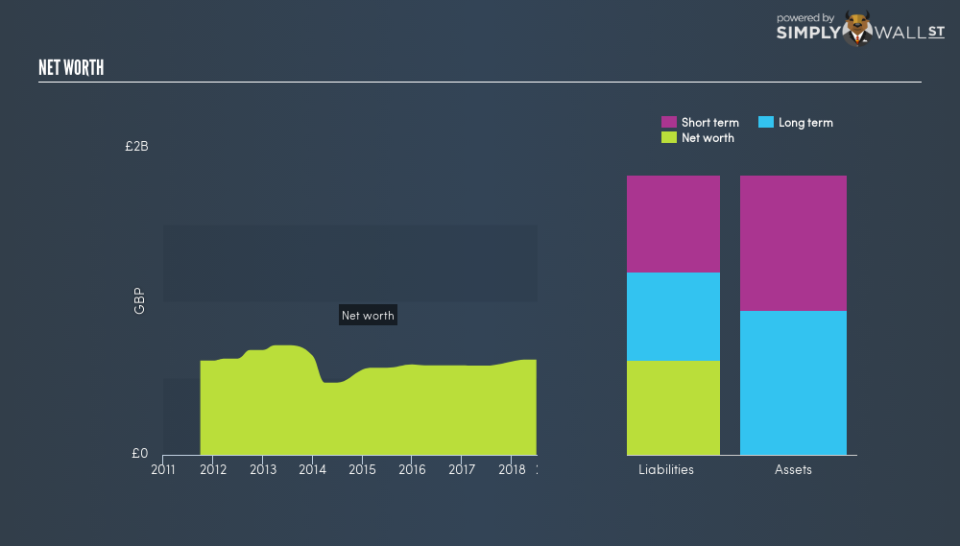Before Investing In IMI plc (LON:IMI), Consider This

If you are currently a shareholder in IMI plc (LON:IMI), or considering investing in the stock, you need to examine how the business generates cash, and how it is reinvested. After investment, what’s left over is what belongs to you, the investor. This also determines how much the stock is worth. Today we will examine IMI’s ability to generate cash flows, as well as the level of capital expenditure it is expected to incur over the next couple of years, which will result in how much money goes to you.
Check out our latest analysis for IMI
Is IMI generating enough cash?
IMI generates cash through its day-to-day business, which needs to be reinvested into the company in order for it to continue operating. What remains after this expenditure, is known as its free cash flow, or FCF, for short.
I will be analysing IMI’s FCF by looking at its FCF yield and its operating cash flow growth. The yield will tell us whether the stock is generating enough cash to compensate for the risk investors take on by holding a single stock, which I will compare to the market index. The growth will proxy for sustainability levels of this cash generation.
Free Cash Flow = Operating Cash Flows – Net Capital Expenditure
Free Cash Flow Yield = Free Cash Flow / Enterprise Value
where Enterprise Value = Market Capitalisation + Net Debt
Along with a positive operating cash flow, IMI also generates a positive free cash flow. However, the yield of 2.97% is not sufficient to compensate for the level of risk investors are taking on. This is because IMI’s yield is well-below the market yield, in addition to serving higher risk compared to the well-diversified market index.
Does IMI have a favourable cash flow trend?
Can IMI improve its operating cash production in the future? Let’s take a quick look at the cash flow trend the company is expected to deliver over time. Over the next few years, the company is expected to grow its cash from operations at a double-digit rate of 51.22%, ramping up from its current levels of UK£184.30m to UK£278.71m in two years’ time. Although this seems impressive, breaking down into year-on-year growth rates, IMI’s operating cash flow growth is expected to decline from a rate of 29.65% next year, to 16.64% in the following year. However the overall picture seems encouraging, should capital expenditure levels maintain at an appropriate level.
Next Steps:
The company’s low yield relative to the market index means you are taking on more risk holding the single-stock IMI as opposed to the diversified market portfolio, and being compensated for less. Though the high operating cash flow growth in the future could change this. Now you know to keep cash flows in mind, I recommend you continue to research IMI to get a more holistic view of the company by looking at:
Valuation: What is IMI worth today? Is the stock undervalued, even when its growth outlook is factored into its intrinsic value? The intrinsic value infographic in our free research report helps visualize whether IMI is currently mispriced by the market.
Management Team: An experienced management team on the helm increases our confidence in the business – take a look at who sits on IMI’s board and the CEO’s back ground.
Other High-Performing Stocks: If you believe you should cushion your portfolio with something less risky, scroll through our free list of these great stocks here.
To help readers see past the short term volatility of the financial market, we aim to bring you a long-term focused research analysis purely driven by fundamental data. Note that our analysis does not factor in the latest price-sensitive company announcements.
The author is an independent contributor and at the time of publication had no position in the stocks mentioned. For errors that warrant correction please contact the editor at editorial-team@simplywallst.com.

 Yahoo Finance
Yahoo Finance 
